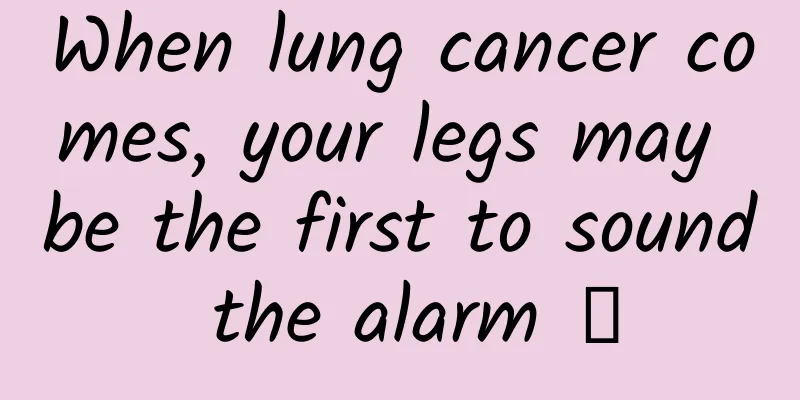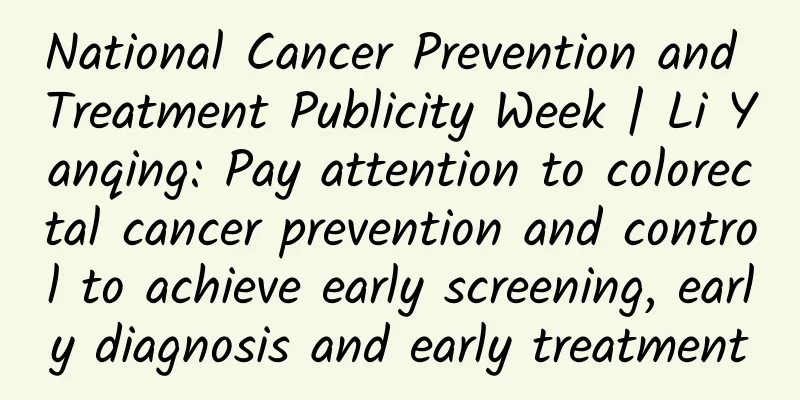Are there any signs before the gestational sac is expelled?

|
The expulsion of the gestational sac refers to a phenomenon in which a woman has a natural miscarriage or a medical abortion. When the gestational sac is expelled from the body, there are obvious signs. Generally speaking, whether it is a natural miscarriage or a medical abortion, vaginal bleeding is likely to occur in the early stages, or there is obvious pain in the abdomen and a feeling of uterine contraction. Are there any signs before the gestational sac is expelled? There are signs before the gestational sac is discharged. When doing medical abortion, women often experience vaginal bleeding, lower abdominal pain, and regular uterine contractions 3-4 hours after taking the abortion drugs. Six hours after taking the abortion pill, the abdominal pain will be relieved and the amount of vaginal bleeding will also decrease. Usually this means that the gestational sac has been discharged. After medical abortion, if bleeding continues to increase and abdominal pain does not ease, you need to go to the hospital for an ultrasound examination to check whether there is any residual tissue in the uterus. If there is any residual tissue, a uterine curettage will be required. Whether it is a natural abortion or a medical abortion using mifepristone and misoprostol, there will generally be certain signs before the gestational sac is expelled. Common signs are vaginal bleeding and paroxysmal abdominal pain. Because the uterus needs to expel the gestational sac, it usually needs to peel off the gestational sac from the decidua, so at this time the endometrial tissue will peel off and cause vaginal bleeding. At the same time, the gestational sac can only fall out naturally under the regular contraction of the uterus. Generally, the gestational sac will be expelled without any symptoms. There are signs before the gestational sac is discharged. When doing medical abortion, women often experience vaginal bleeding, lower abdominal pain, and regular uterine contractions 3-4 hours after taking the abortion drugs. Six hours after taking the abortion pill, the abdominal pain will be relieved and the amount of vaginal bleeding will also decrease. Usually this means that the gestational sac has been discharged. After medical abortion, if bleeding continues to increase and abdominal pain does not ease, you need to go to the hospital for an ultrasound examination to check whether there is any residual tissue in the uterus. If there is any residual tissue, a uterine curettage will be required. |
<<: Is it a taboo to apply a facial mask during menstruation?
>>: What does a woman's left eyelid twitching mean?
Recommend
Why do I feel anxious during the month?
Confinement is an important time for women to rec...
What to do if your nipple bleeds during breastfeeding
Sometimes, mothers find that their nipples are bl...
What is the difference between sweet potatoes and yams? How to eat sweet potatoes
Sweet potato, also known as yam, contains a lot o...
How to clear a lump in mastitis
When the baby is born, the mother will choose to ...
How long is the normal interval between two menstrual periods?
As we all know, women have menstruation every mon...
Female lumbar spine pain on both sides
Some women experience soreness and pain in the pe...
How to determine menopause
Menstruation is a sign that proves that women are...
Can still express milk after four months of weaning
I believe every mother wants to feed her baby her...
Nine signals to remind women to have a physical examination
The female body is like a blooming flower; its pl...
A woman pulled a "string" along the way after eating mushrooms. She said that if you eat mushrooms, you will eat the soul of the mushrooms. You can't eat mushrooms randomly!
Recently, we often see news about people who have...
How to fertilize gourd? What kind of environment does gourd live in?
Gourd is a species of gourd in the family Cucurbi...
How to relieve breast lumps after childbirth?
Many mothers after giving birth find lumps in the...
Why is athlete's foot so contagious?
Reviewer: Zhang Shuyuan, Chief Physician, Beijing...
What to eat to replenish uterine cold
Do you know what uterine cold is? It refers to th...
Stages and symptoms of pressure injuries
Pressure injuries, also known as bedsores or pres...









